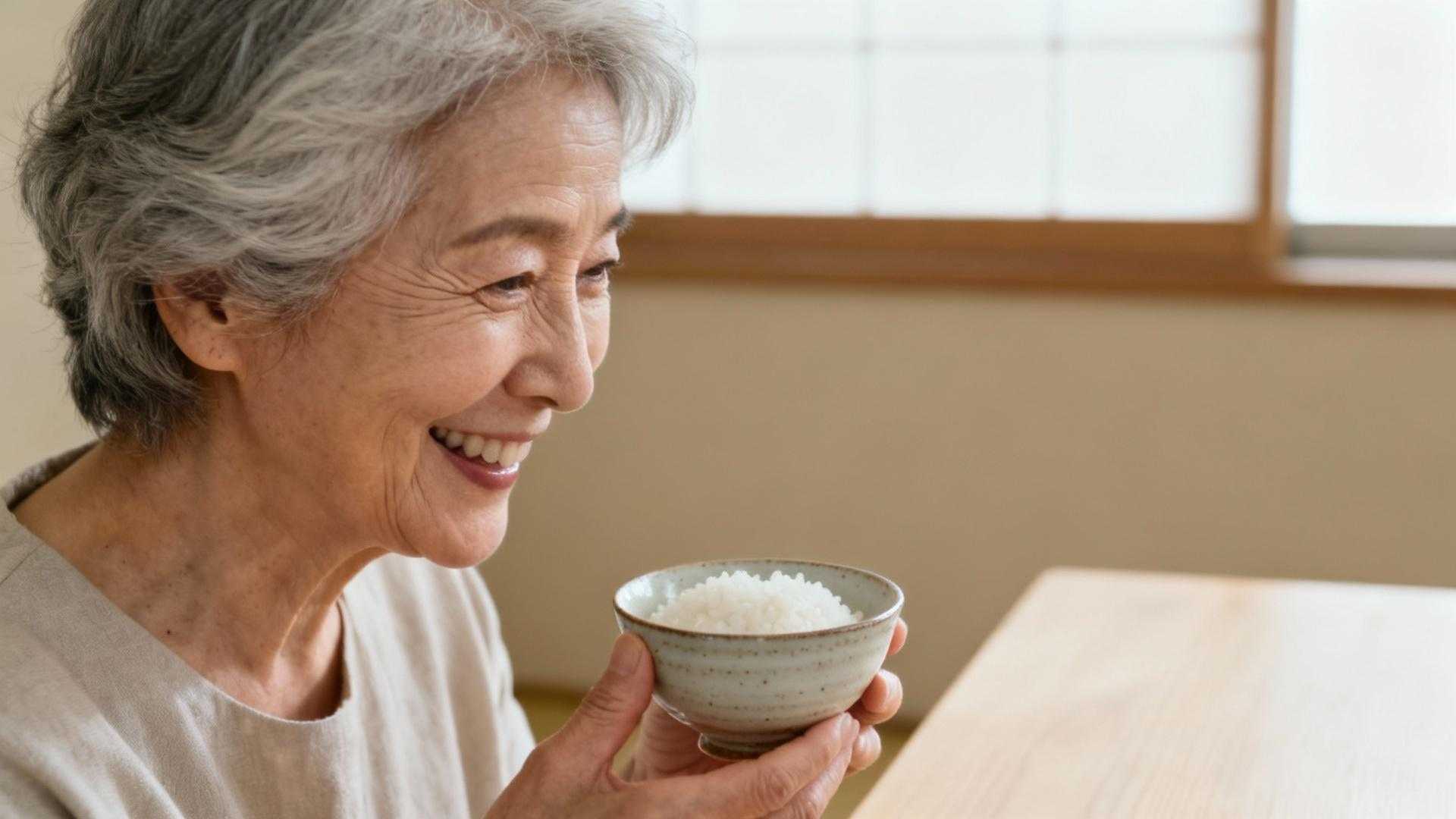You’ve probably heard it a thousand times: carbs make you gain weight. But here’s something that might surprise you—people in Japan eat rice at nearly every meal and maintain some of the lowest obesity rates in the world. Their secret isn’t about cutting carbs or following restrictive diets. It’s about how they approach food, portions, and everyday movement in ways that feel natural rather than forced.
The rice paradox that changes everything
When Maria Chen, a nutritionist from San Diego, visited Tokyo for a research project, she noticed something remarkable. Families gathered around small bowls of rice three times daily, yet the streets were filled with lean, energetic people of all ages. The difference wasn’t the rice itself—it was the entire approach to eating.
Dr. Hiroshi Nakamura, nutritionist at Kyoto University, explains: “Rice doesn’t cause weight gain in isolation. What matters is the combination of moderate portions with vegetables, lean proteins, and an active lifestyle that Japanese culture naturally promotes.”
“The Japanese approach teaches us that no single food is the enemy. It’s the overall pattern of eating—the portions, the pace, the balance—that determines health outcomes.” — Dr. Hiroshi Nakamura, Nutritionist at Kyoto University
Why portion control feels effortless in Japan
Japanese meals typically include about 100 grams of cooked rice per serving—roughly half a cup. Compare that to American restaurant portions that often exceed 250 grams, and you start seeing the difference. The traditional ichijuu sansai meal structure creates natural portion control without anyone counting calories.
Think of it as visual cues built into the culture. Smaller bowls, multiple small dishes, and the practice of eating slowly with chopsticks all contribute to feeling satisfied with less. Similar to how subtle style choices create visual balance, these eating habits create nutritional harmony without feeling restrictive.
The power of eating to 80% full
There’s a Japanese practice called hara hachi bu—eating until you’re 80% full. This concept, rooted in Okinawan culture, naturally prevents overeating. When you stop before reaching complete fullness, you give your body time to register satiety, typically about 20 minutes after you start eating.
- Mindful pacing: Using chopsticks naturally slows down eating speed, allowing satiety signals to reach your brain.
- Social eating: Meals are communal experiences focused on connection, not just consumption.
- Small dishes: Multiple tiny portions create variety and visual satisfaction without excess calories.
- No distractions: Television during meals is less common, encouraging awareness of hunger and fullness cues.
The secret ingredient: resistant starch
Here’s where science gets interesting. When rice is cooked and then cooled overnight, its starch structure changes. This creates resistant starch, which your body digests more slowly, leading to steadier blood sugar levels and increased feelings of fullness. Many Japanese prepare rice in advance, unknowingly benefiting from this metabolic advantage.
What actually goes with that rice
Rice never stands alone on a Japanese table. It’s always accompanied by miso soup, pickled vegetables, grilled fish, and leafy greens. This combination provides protein, fiber, probiotics, and omega-3 fatty acids—nutrients that support metabolism and digestive health.
Béatrice Langevin, nutritionist and author, notes: “The Japanese meal structure naturally includes fermented foods like miso and natto at nearly every meal. These probiotics support gut health, which plays a crucial role in weight management.”
“Complex carbohydrates from rice provide steady energy without blood sugar spikes when paired with protein and fiber. It’s the combination that matters.” — Béatrice Langevin, Nutritionist and Author
Movement woven into daily life
Walk through any Japanese city and you’ll notice something: people walk everywhere. The average Japanese person takes about 7,000 to 10,000 steps daily—not from gym sessions, but from getting to work, running errands, and taking stairs. This constant low-intensity movement complements their eating habits perfectly.
Much like how consistent clothing choices create visual changes, daily movement habits create metabolic shifts that happen almost invisibly over time.
Simple swaps you can start today
You don’t need to overhaul your entire diet to benefit from these principles. Start with modest adjustments that feel sustainable rather than restrictive.
- Reduce rice portions: Use a smaller bowl and fill it halfway, compensating with extra vegetables.
- Add fermented foods: Include miso soup, kimchi, or Greek yogurt with meals to support digestion.
- Slow down eating: Put your fork down between bites, focusing on the meal rather than screens.
- Walk after eating: A 10-minute post-meal walk aids digestion and stabilizes blood sugar naturally.
What could your meals look like next week?
Imagine sitting down to dinner with a small bowl of rice, grilled salmon, steamed broccoli, and a warm cup of miso soup. You eat slowly, savoring each bite, stopping when you feel satisfied but not stuffed. After dinner, you take a leisurely walk around your neighborhood. These simple rituals, practiced consistently, could transform not just your waistline but your entire relationship with food—wouldn’t that be worth exploring?
